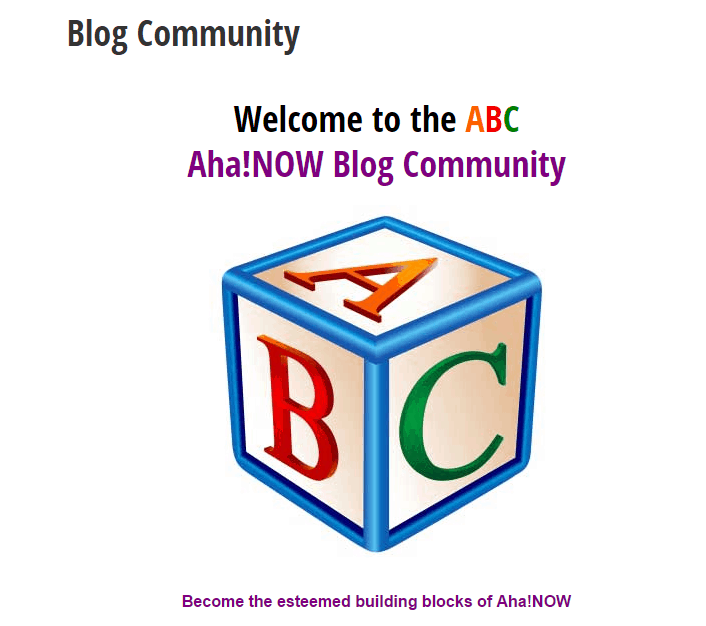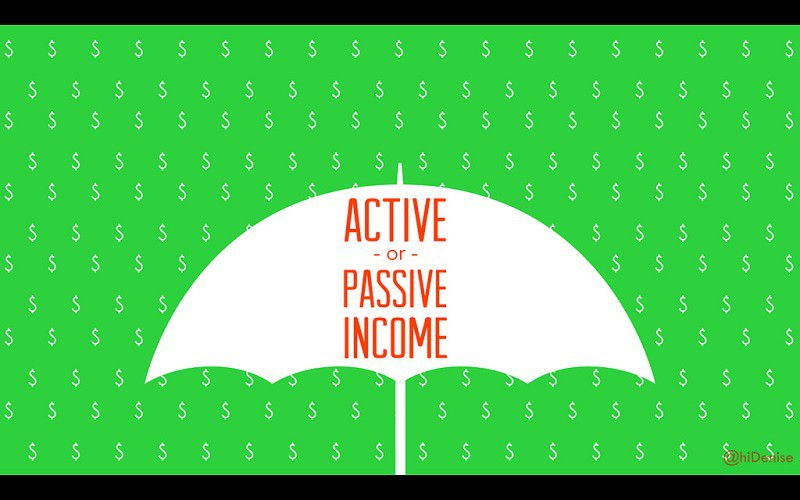So, you’ve written some blog posts, maybe even spent hours tweaking headlines and formatting images. But your analytics still look like a deserted street at 3 AM—quiet, empty, and honestly a little eerie.
Before you blame the algorithm gods or assume blogging is dead (spoiler: it’s not), let’s dig into why your blog might not be getting the attention it deserves—and what you can actually do about it, backed by real data and strategy.
Table of Contents
1. You’re Writing for Yourself, Not Your Reader

A common trap bloggers fall into is assuming they’re their own audience. Writing what you love without checking whether your readers are searching for it is like throwing a party with food only you enjoy—your guests might smile politely, but they probably won’t return.
Instead, it’s crucial to understand what your readers are actually looking for. Tools like Google’s “People Also Ask,” AnswerThePublic, or even browsing Reddit threads in your niche can give you priceless insight into what your audience is genuinely curious about. In fact, HubSpot’s 2023 data revealed that blogs aligned with user intent received over twice the traffic of those that weren’t.
So before you draft your next post, flip the script. Ask: What is my ideal reader struggling with or Googling right now? The answers will shape content that truly connects—and gets clicked.
2. Your Headlines Lack Click Appeal
Think of your headline as the gateway drug to your content. It’s the street sign, the storefront window, the first impression. And if it’s bland or vague, it doesn’t matter how brilliant your blog post is—most people won’t even click.
Copyblogger once reported that while 80% of people read headlines, only 20% click through. That gap is your opportunity. Instead of vague titles like “My Blogging Journey,” opt for more specific, benefit-driven headlines such as “How I Tripled My Blog Traffic in 30 Days” or “7 SEO Mistakes That Are Costing You Readers.” These kinds of headlines create curiosity and promise value, which is exactly what drives engagement.
Headline analyzers like CoSchedule’s can help fine-tune your titles, and A/B testing on social platforms can tell you what resonates most with your audience. The goal isn’t just to be clever—it’s to be click-worthy.
3. You Publish… And Then Disappear
Let’s be honest: publishing your post and then hoping it magically finds readers is the digital equivalent of shouting into a canyon. If you want traffic, publishing is only the beginning—promotion is where the real game begins.
Data from Orbit Media shows that bloggers who actively promote their content are three times more likely to get strong results. That doesn’t mean spamming every group you’re in—it means repurposing your post smartly and consistently.
Turn key insights into a Twitter thread. Share a story or quote as an Instagram reel. Post a quick teaser in relevant Facebook or LinkedIn groups where your audience hangs out. Each of these touchpoints increases visibility, authority, and the chance of your post getting the attention it deserves.
A great blog post is a campaign, not a one-time event. And the more you treat it that way, the more traffic you’ll drive.
4. Your SEO Strategy Is Shallow
Let’s get one thing straight: throwing in a few keywords and adding alt text is not an SEO strategy. If you’re doing the bare minimum, Google will treat your post accordingly.
High-performing content dives deep—not just in word count, but in value. In fact, Backlinko’s research found that the average word count for top-ranking Google pages is 1,447 words. But it’s not just about length—it’s about depth, structure, and authority.
Use semantic SEO to enrich your content with related terms and concepts, which helps Google understand the full context of your topic. Build content clusters—group related posts under a core topic and link between them—to establish topical authority. And optimize for featured snippets by clearly answering common questions within your post.
Good SEO isn’t about gaming the algorithm; it’s about genuinely being the best answer on the internet for a specific question. When you do that well, Google notices.
5. You’re Ignoring Load Time and Mobile UX
Ever clicked a promising blog post only to abandon it after three seconds because it was slow to load or overloaded with pop-ups? Your readers do the same.
A one-second delay in load time can slash your traffic by 20%, according to recent data shared by Neil Patel. And with most users now browsing on mobile, your blog needs to look clean and load quickly on every screen size.
Simple fixes can have a huge impact: use fast, lightweight themes, audit your plugins, compress your images, and remove unnecessary scripts. Mobile responsiveness isn’t optional anymore—it’s expected.
A blog that’s beautiful but bloated won’t bring traffic. A blog that’s fast, frictionless, and user-first? That’s where the magic happens.
6. Your Blog Lacks a Traffic Magnet
You might have decent blog posts scattered across your site, but if there’s no centerpiece—a standout, go-to post—then you’re missing a huge opportunity.
Call it a flagship or pillar post—this is a deep-dive, evergreen piece of content that draws readers in and keeps them coming back. It could be a guide, a curated resource list, or a massive statistics post—something so useful, people bookmark it and share it without being asked.
According to a Moz case study, just one strong piece of content can boost organic traffic by over 300% in a matter of months. That’s the power of a magnet post—something with the substance and structure to generate backlinks, shares, and long-term traffic.
Rather than trying to churn out 10 average posts this month, focus your energy on crafting one piece that becomes your blog’s anchor.
Final Thoughts: Blogging Isn’t Dead—Mediocrity Is
If you’ve been staring at your traffic dashboard wondering why no one’s showing up, remember this: the problem isn’t blogging. The problem is how we’re blogging.
Today’s digital space is crowded and competitive. Gone are the days when casually posting twice a week without a clear goal was enough. Readers want solutions. Google wants clarity. And you—well, you need a strategy that works.
It’s time to stop treating your blog like a hobby project and start treating it like a business asset. You’re not just writing articles. You’re building a content engine. Every headline should invite. Every paragraph should deliver. Every post should have a purpose beyond filling space.
So where do you begin?
-
Start by auditing your existing posts. Identify which ones bring traffic, which ones bounce visitors, and which ones need a serious refresh.
-
Plan your next post around a clear keyword and a real user problem.
-
Promote your blog as aggressively as you write it. Reuse, repurpose, and repeat your message.
-
Build one hero post that becomes your digital calling card.
-
And above all—be consistent.
Blogging still works. But only if you do it with intention, backed by data and empathy. Your audience is out there. The question is—will they find you?
With the right strategy, the answer is a definite yes.























